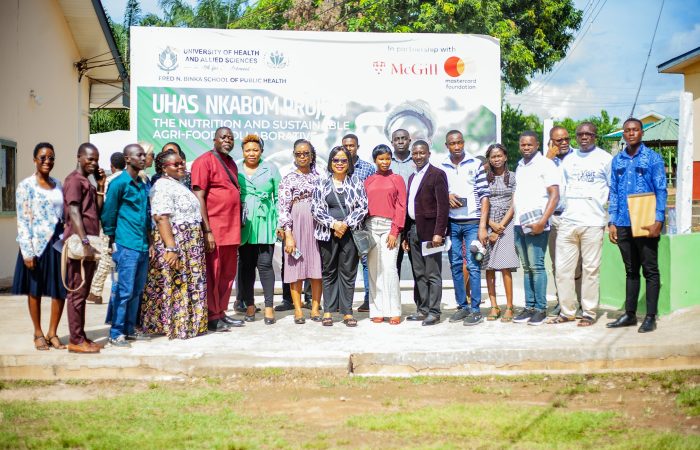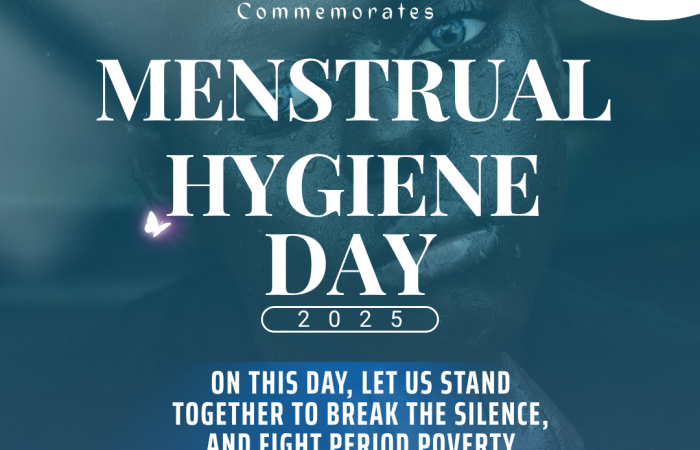Only 29% of women in Kenya between the ages of 15 and 49 are empowered, according to the new Kenya women’s empowerment index.
The study, developed by the Kenya National Bureau of Statistics in partnership with the State Department for Gender, UN Women, and UNICEF, is “the first comprehensive and systematic measure” for women’s and girls’ empowerment in Kenya, according to a press release about the launch.
This data will allow policymakers to measure and track progress on gender equality, compare women’s empowerment in Kenya with other countries, and design programs, laws, and policies to close the gender gap.
“The government of Kenya will bear the most responsibility in ensuring policy and legislation are formulated or amended to address the gaps that have been identified,” Maureen Gitonga, gender statistics program specialist at UN Women’s Kenya office, told Devex. “The older women are, the more disempowered they seem to be. So to what extent are policies, plans, and legislative frameworks addressing these gaps?”
In an email interview, which has been edited for length and clarity, she expanded on the implications of the findings.
The index is based on data collected from 14,000 women between the ages of 15 and 49 during the “2014 Kenya Demographic and Health Survey.” Can you expand on the design of the study, and what makes it first-of-its-kind?
For this index, resources or preconditions for women’s empowerment include conventional material elements such as income, and social resources such as family, market, and community that enhance a person’s ability to make choices.
These are grouped into four domains — economic, socio-cultural, human and social resources, and familial/interpersonal.
To construct the index, equal weights were assigned to each of the identified domains and the weight of each domain distributed equally to each of its constituting indicators. Indicators under each domain were accorded weights, with participation in household decision-making and decisions about own health care assigned the highest weight, and literacy, level of education, attitudes towards female genital mutilation, and women’s decision-making choices and control over sexual relations assigned the lowest weight.
“The older women are, the more disempowered they seem to be. So to what extent are policies, plans, and legislative frameworks addressing these gaps?”
— Maureen Gitonga, gender statistics program specialist, UN Women’s Kenya office
Did the data reveal anything surprising about the demographic of “empowered” women?
The level of empowerment seems to be decreasing with increase in age — with the young (aged 15-19) being most empowered at 30%. The burden of care seems to be disempowering women, with women with fewer children more likely to be empowered. Among women with no children, 41% are empowered, compared to 36%, 24%, and 13% among women with 1-2 children, 3-4 children, and 5+ children respectively.
What is an example of how data from the women’s empowerment index might inform efforts to measure, track, and evaluate progress on the Sustainable Development Goals?
The women’s empowerment index sets a baseline for monitoring of government’s progress towards the achievement of objectives and targets of Vision 2030, Beijing Platform for Action, The Convention on the Elimination of all Forms of Discrimination Against Women, and the Sustainable Development Goals.
The index reports maternal mortality as one of the impending drivers of gender inequality. World Bank Gender Statistics database, 2020 reports a maternal mortality ratio of 342 deaths per 100,000 live births in 2017, nearly 5 times the SDG 3.1 target of 70/100,000 live births. The integration of the index into SDG reporting mechanisms provides an avenue to measure and report on progress made in achieving the set targets.
In addition, the Women’s Empowerment Index is a useful resource for informing the formulation/review of laws, policies, and resource allocation towards gender equality and women’s empowerment.
Kenya has taken steps to increase women’s equality through policies and legislative frameworks, including the 2015 Protection Against Domestic Violence Act and the 2019 National Policy for the Eradication of Female Genital Mutilation. Do you see this index informing a new, specific policy or framework to advance gender equality?
Policies and frameworks are developed based on societal problems that are brought forth through data, and we remain optimistic that the index will inform new policies or even enrich the already existing policies.
How will future assessments be conducted, and will the index always be based on data from a large national survey, or are there plans to get even more granular information?
For an even more robust women’s empowerment index in the future, considerations to improve data availability and quality include: future Kenya Demographic and Health Surveys target a representative sample to measure empowerment at the county level; future KDHS survey tools include enough variables and indicators to facilitate analysis and measurement of women’s empowerment that is globally comparable; and the Kenya National Bureau of Statistics involves all relevant stakeholders and partners throughout the process from survey design to analysis.
What are the limitations of this index? What doesn’t it capture?
Even though the KDHS 2014 is the most comprehensive dataset available for the purpose of this study, there were some constraints from the KDHS sampling methodology and questionnaire design.
For instance, at the sub-national level, the data collected only represents urban and rural areas and regions, even though the latter is not administratively relevant. As such, current figures cannot be used for evidence-based policymaking and advocacy at the county level.
In addition, it was not possible to exhaustively measure the decision-making power of unmarried women and young women aged 15-24 years using available data. Available data also did not capture some important domains of women’s empowerment such as psychological factors and legal knowledge.
Devex, with support from our partner UN Women, is exploring how data is being used to inform policy and advocacy to advance gender equality. Gender data is crucial to make every woman and girl count. Visit the Focus on: Gender Data page for more. Disclaimer: The views in this article do not necessarily represent the views of UN Women.
Source: www.devex.com/news/



Thanks for sharing. I read many of your blog posts, cool, your blog is very good.